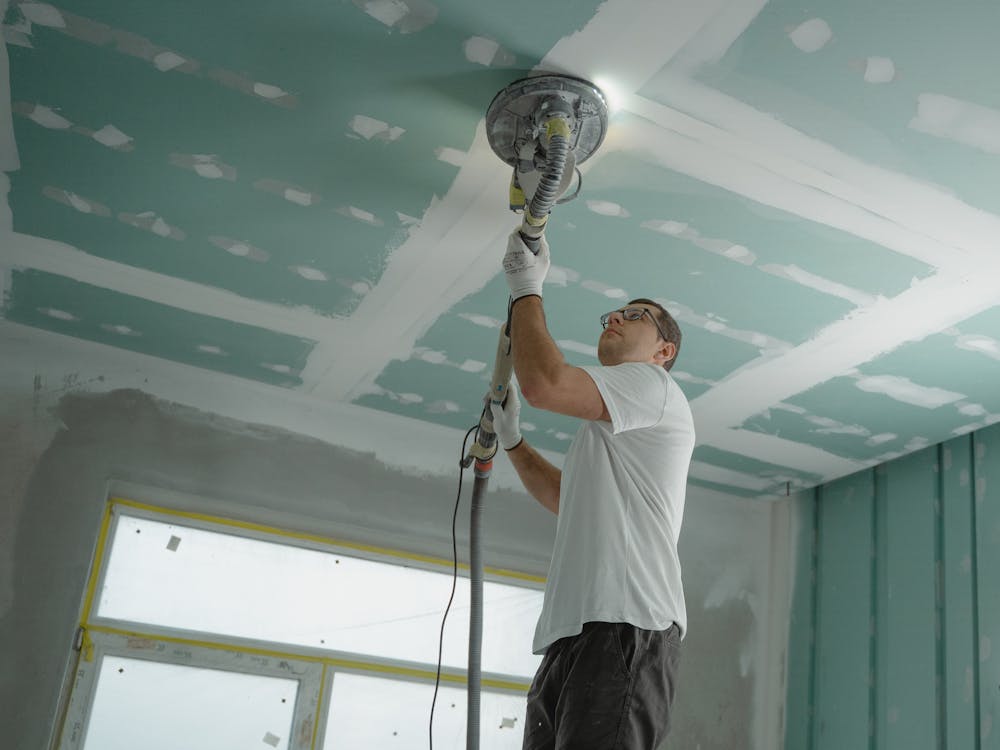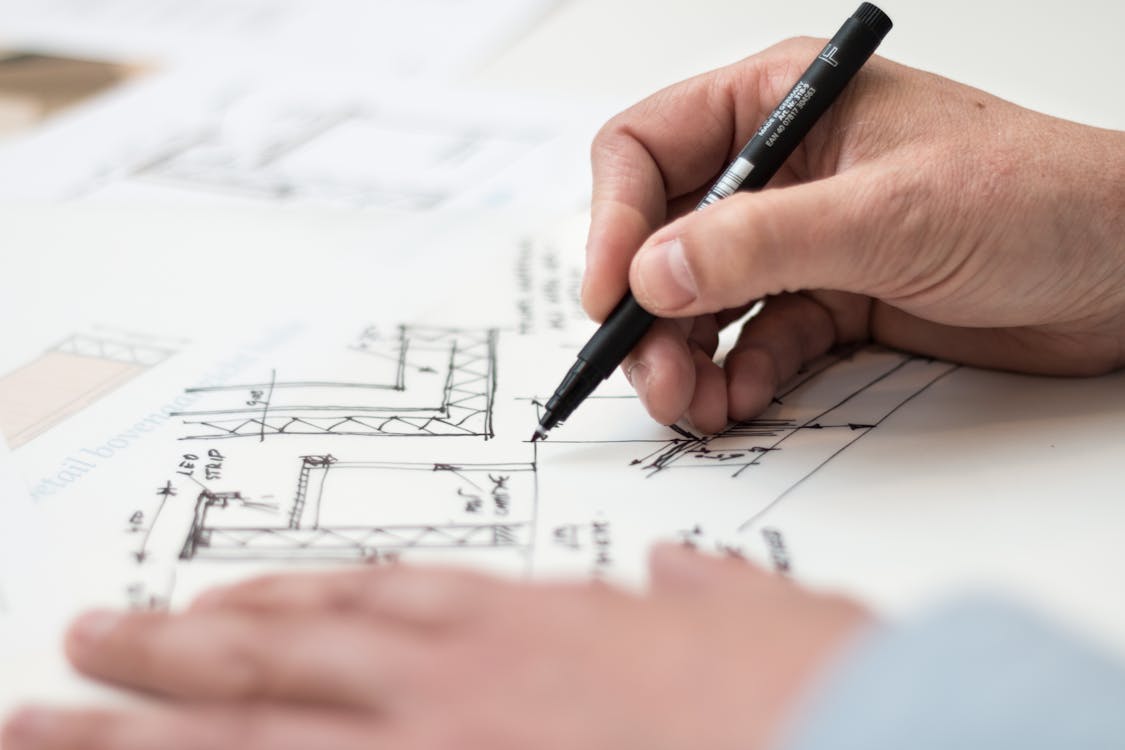“There’s no place like home!” While living in a dormitory or far from their hometown, many people find this expression rings true. You live with your parents while you’re young, and this is what you call “home,” but you have to think about your own place to live when you grow older and start your own family or single life. When people have already found a lucrative job and they have been in a stable relationship for a long time, people generally take the plunge and decide to buy a condo or build a home. They dream of settling down in their paradise, where at the end of the day they can relax and enjoy all the comforts of home.
But before building your first home, what do you have to know? Is it an easy task, or will you need more help than you thought? If you’re planning on building your dream home, take a look at the tips below to avoid any potential mistakes.
What kind of building?
The first thing to remember when designing a house is the type of building. It could be linked to your family’s size and the number of people who are going to live there. If your family is made up of just you, your partner, and maybe you’re expecting a child, a detached single-family house would be very sufficient. However, you may need a terraced house if your family is extended. Once you establish that, according to the preferences of your family, you can look around various plots of land, either in the city centre or in the suburbs. Choosing the site, the proximity of facilities such as the school, supermarkets, hospital, post office and your workplace should be taken into account.
Hire some help
Although you can come up with a lot of innovative ideas on your own, you might need the assistance of a professional architect who will create the design for you if you are taking on a larger remodeling project or a new home construction. Try to find someone you feel a true bond with and hold similar visions with. Be open to any suggestions, but add your own ideas as well. It’s you, after all, who’s going to be living your life there. Hiring custom home builders once you’ve got a vision in mind and settled on a floor plan will help begin the process of building your dream home.
Plan your interior design in advance
Before building the entire house, why is it so important to construct your interior design? Since your builders need to know how to design your rooms in order to arrange your furniture the way you want it. Think about the size and height of your kitchen, bedroom or bathroom furniture you want to bring in. It would be better if you picked some models and booked them in advance in a furniture shop to make sure that once your building is completed, it’ll be ready to move right in. For floors, countertops, backsplashes, soft textures, etc, you should do the same not only to get the best bang for your buck, but to save time decorating once you’ve moved in.
Think about where your electrical outlets go
One of the other advantages of designing your interior before your dream home has been built is that you can decide where your electrical outlets are placed. If you know where you’re going to place your TV in the lounge, and your kitchen appliances in your new kitchen, then you’ll be able to place outlet points nearby each of these electrical items.
You should also think about other electrical outlet points for irregular use such as plugging in your vacuum, charging your phone or other devices, or even plugging in a bedside table lamp in your bedroom. Take the time to play around with different placements for your furniture so that you can place outlets in the most convenient spot.
Don’t forget about storage space
When planning your home, it’s easy to forget how much storage space you’ll need in your day-to-day life. From kitchen cabinets to closets, the amount of storage in your home can make a huge difference in how comfortable and organized you feel. Think ahead about what items you plan to store and make sure you have enough dedicated space to keep your home clutter-free. Consider areas like the garage or basement for additional storage, and even under-bed storage in bedrooms for added functionality.
Don’t overlook your roof
When planning the construction of your dream home, many people focus primarily on the interior design, layout, and aesthetics, but it’s equally important to consider the maintenance of the exterior elements, such as your roof. Your roof will protect your home from the elements for years, so proper planning is essential. Opt for high-quality roofing materials that will stand the test of time and climate conditions. Don’t forget to schedule regular inspections and maintenance. A well-maintained roof not only extends its lifespan but also ensures your home remains safe and dry. Roofing maintenance should include checking for damaged shingles, cleaning gutters, and ensuring proper insulation. Investing in your roof early will save you money on potential repairs later on and provide peace of mind that your home’s structure is secure.
Keep the extra materials
In most building sites there are extra materials, and many people choose to discard them! Ask for a leftover package for future repairs and remodelling of each tile type, carpet, grout, wallpaper, brick, paint, and trim. Catalog the exact manufacturer and explanation of each in a document after purchasing each one in case you need more than the remaining quantity or can no longer read the label. Speak to the builder before the house is completed if it’s not clearly labelled. This way, if anything becomes damaged or you’d like to extend in the future, you don’t have to remodel your whole house!
Give yourself a generous budget
It’s no secret that building your own home is going to cost a fair amount of money. However, many people work out their budget and cannot go any further. Instead, work out your absolute limit on expenditures, and then create yourself a lower limit to aim for. That way, if materials or labour cost more than anticipated, you’ve got a safety net to fall back on. Try and only do this towards the end of construction, as you could end up spending way more than you can afford on the build of your dream home. On the flip side, if you don’t use your safety net budget, you can keep it for a rainy day or put it into savings!
Protect your home from the elements
It may be wise to weather-proof your property if you live in a high-risk location for natural disasters like floods or earthquakes. If you live in an area prone to flooding, you may need to dig the ground around your house to direct rainwater away from the foundation, or you may need to reinforce the walls of your home with fiber cement siding to withstand earthquakes. Even if the upfront cost is high, you can rest easy knowing that your house is as secure as it can be and that you will save money in the long run.
https://www.pexels.com/photo/wood-person-building-construction-6473975/
Oversee the construction!
You won’t be able to help yourself when the build of your home begins, as you’ll literally be able to see your dream home being built before your eyes. But, there’s another advantage of overseeing the construction too. Knowing where sewage points are and how to access them – along with many other things – means that if there are any problems in the future with your home, you know how and where to access them.
Planning for landscaping and outdoor spaces
As you design your dream home, don’t forget to plan for outdoor spaces. Landscaping can elevate your home’s overall curb appeal and provide a beautiful space for relaxation and entertainment. Think about what kind of yard you want—do you prefer a low-maintenance garden, or do you want a more elaborate landscape with trees, shrubs, and flowers? Plan your outdoor living areas carefully to make sure they align with your lifestyle, whether that includes a large patio for gatherings, a quiet corner for reading, or a space for gardening. Ensure that your builder knows about these outdoor spaces so that your house is well integrated into its surroundings.
Final touches and personalization
As your new home nears completion, take time to think about the final touches that will make your space uniquely yours. Whether it’s adding custom light fixtures, incorporating specific design elements, or choosing a signature color palette, these small decisions can greatly impact the overall feel of your home. Personalization ensures that your house becomes a reflection of you and your family’s interests and memories.







No Comments